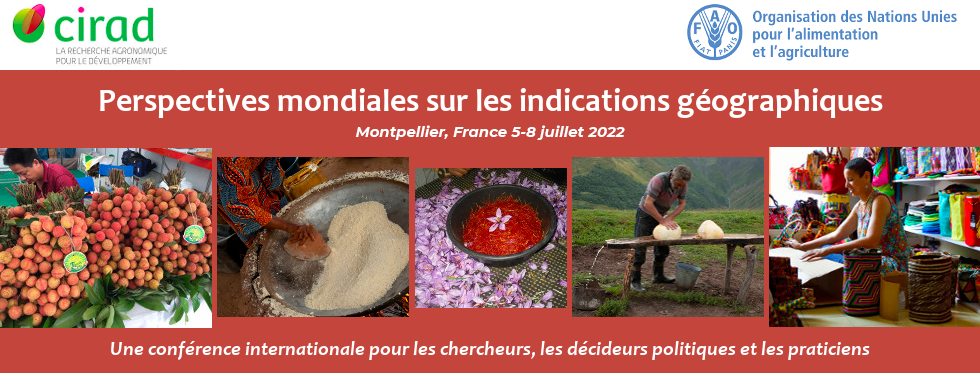Bali Amed salt is pure sea salt produced by the Amed community using traditional equipment and techniques that have been passed down for generations since the 15th century. Due to its high quality, distinctive taste, and different characteristics that set it apart from salts of other regions, Bali Amed salt became the contribution of Amed people during the ruling period of Kings of Karangasem.
The salt producing area once reached almost 10 hectares with a workforce of 200 farmers. However, it began to decrease since the development of tourism in Amed in the 1980s. The low price of salt combined with high demand for coastal land caused many salt farmers to sell their land, which was later converted by the new owners into settlements, hotels, restaurants, and other tourist attractions. This almost made the salt production activities in Amed disappear.
In 2013, with less than 1 hectare of salt producing area led by I Nengah Suanda - who later became the President of MPIG, with the support of Karangasem Regency Government and Swiss Federal Institute of Intellectual Property (IPI) – 18 surviving farmers determined to maintain the existence of Amed salt production by forming the Association of Geographical Indication Protection Community (MPIG) and registering Bali Amed salt as a Geographical Indications (GI) product at the Indonesian Ministry of Law and Human Rights to protect its intellectual property. The GI was granted on 23rd December 2015 under certificate number ID G 000000038.
As a GI product, Bali Amed salt attracts a few parties that include both local and international establishments to provide financial aid, technical training, and organizational strengthening assistance to help MPIG improve production, management, sales, and marketing. With the leadership of the MPIG President who has been actively involved in marketing and public relations - including participating in exhibitions and conferences at the national level, and organizing festivals - many achievements could be made.
Post GI certification, many milestones are recorded. Seven more people joined as salt farmers, fleur de sel production began in 2016 after MPIG team's visit to Guérande's salt making process in France, a Salt Center as a venue for information and products exhibition was built adjacent to the production area, a production house was upgraded and equipped with a new solar dryer dome, and more customers from various industries were added to the portfolio. As a result, salt production increased to 30 tons or 4% per year with the exception of 2016 due to the eruption of Mount Agung that increased revenue by 90%. The farmers are now able to sell their products to MPIG Cooperative at double the price than in 2015, thus motivating them to produce consistent quality products, and improve their standard of living.

 PDF version
PDF version
